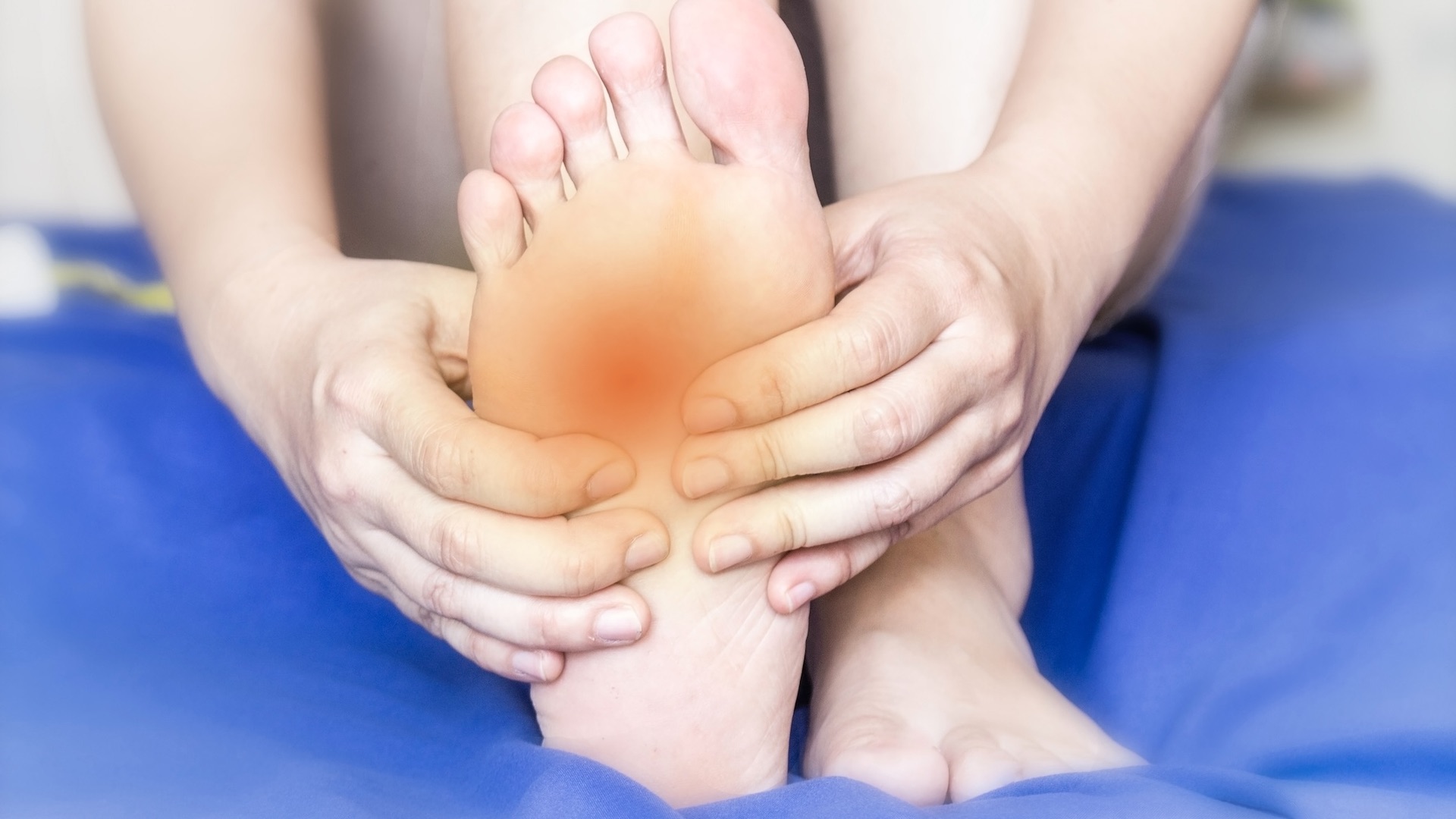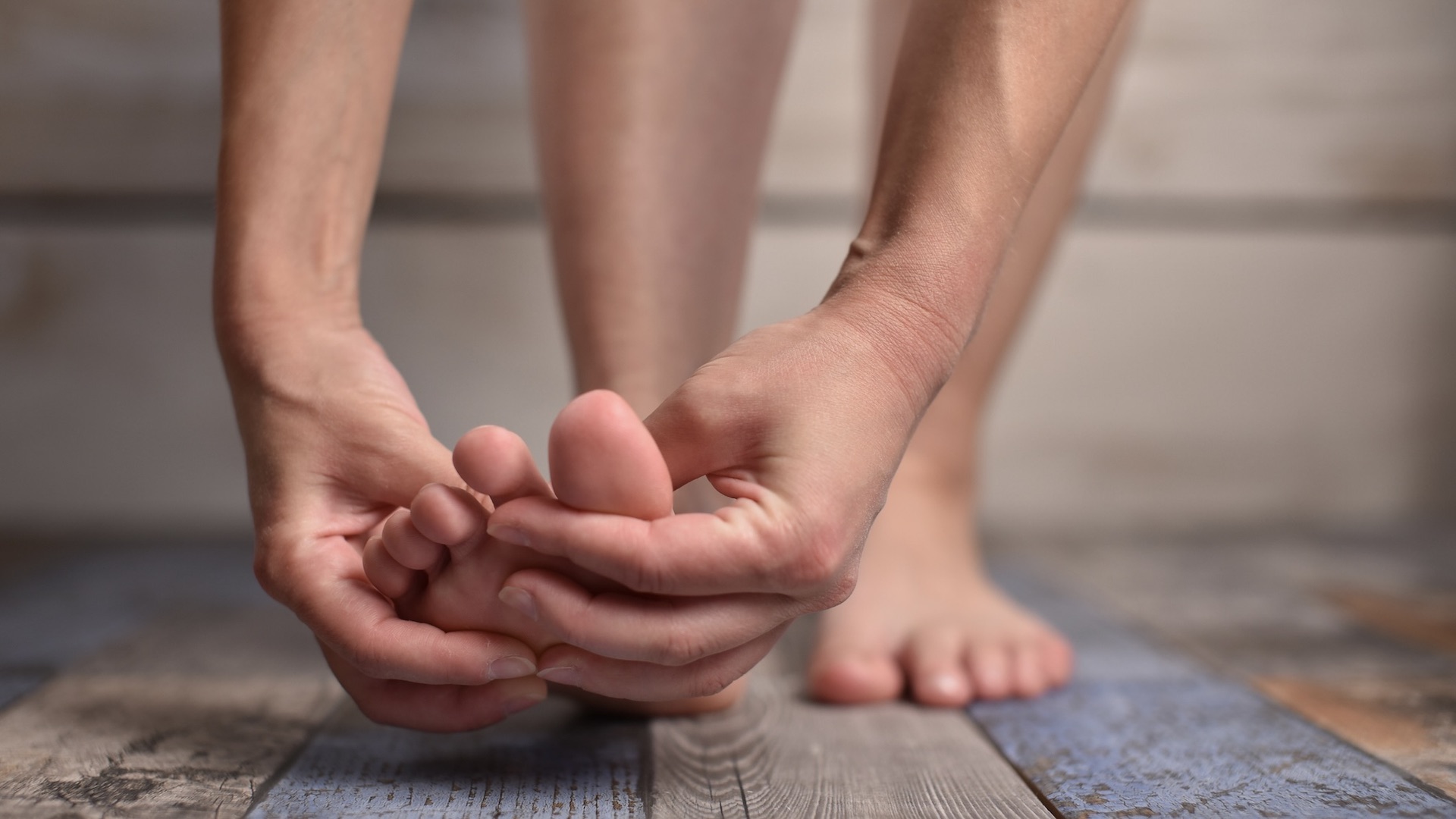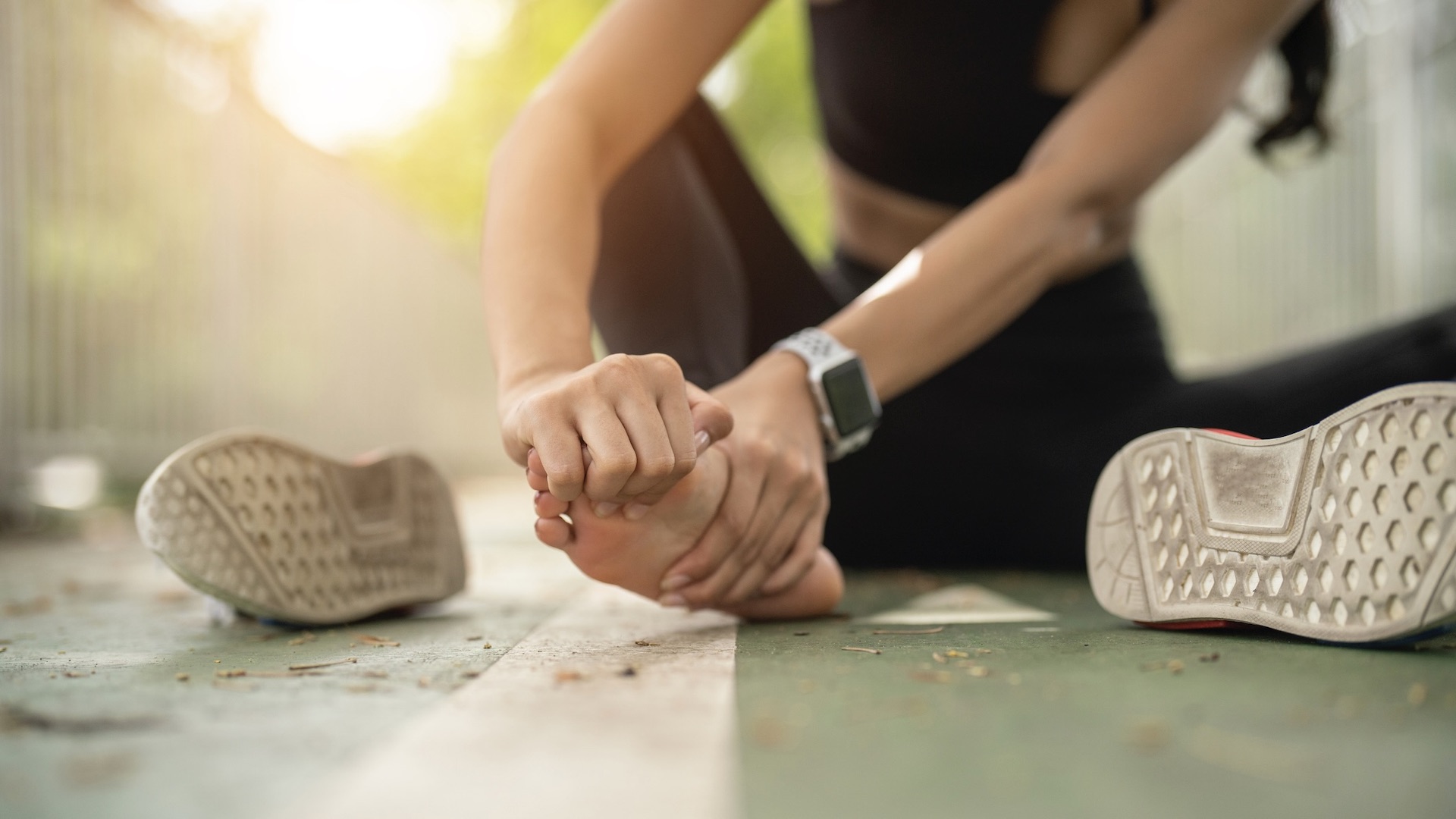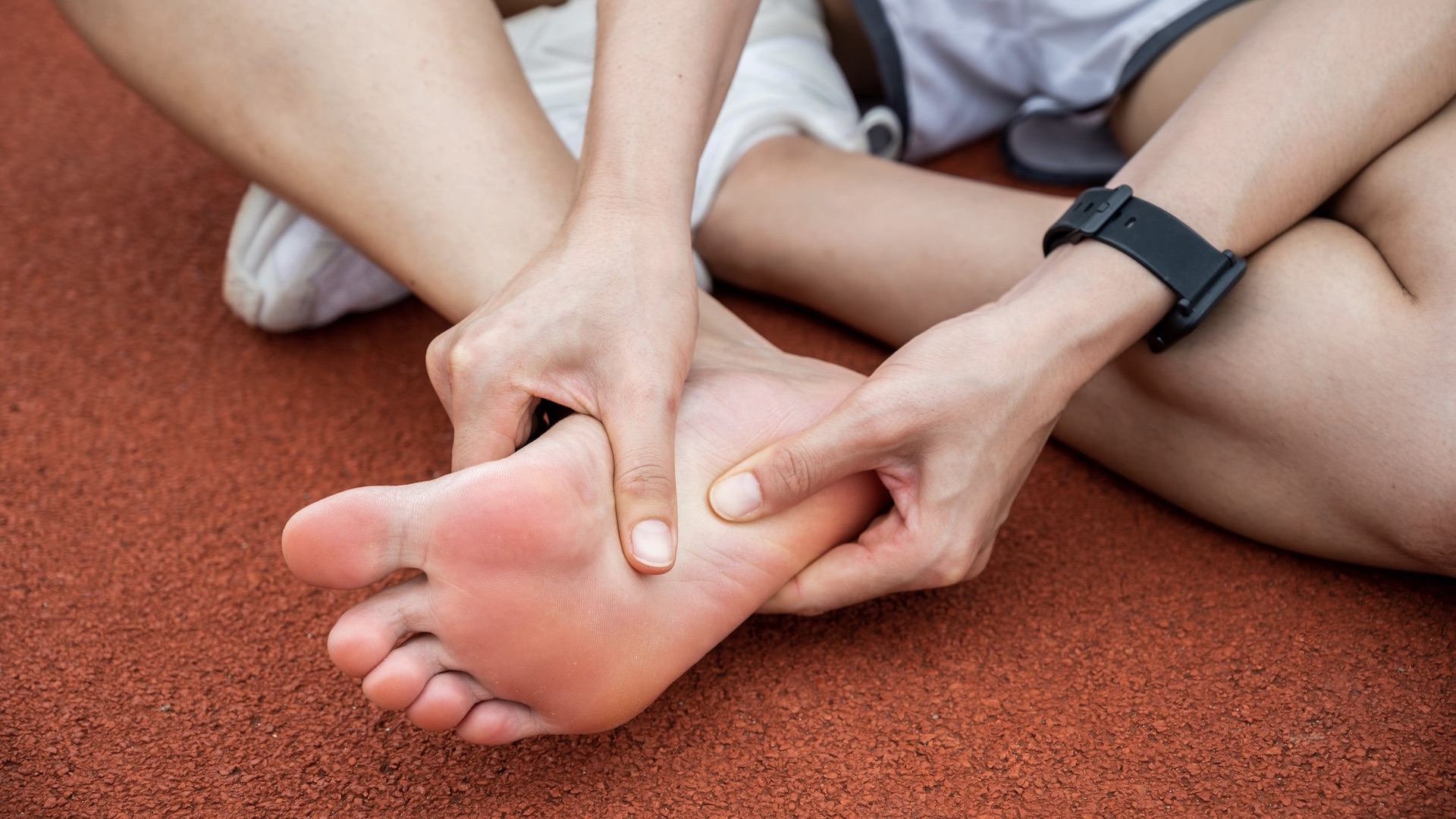Running with metatarsalgia: what you need to know about the foot condition and how to treat it
What is metatarsalgia, why it affects runners and how to recover from the foot injury

Runners can suffer with a range of injuries and niggles and many affect the feet. One complaint is metatarsalgia – pronounced met-uh-tahr-sal-juh – which is usually described as a pain in the ball of the foot.
We take a look at metatarsalgia, why it affects runners and how to recover from the foot injury.

What is metatarsalgia?
The word metatarsalgia comes from “metatarsal”, which are the five bones of the forefoot.
Metatarsalgia describes an issue when the ball of the foot becomes painful and inflamed. There are a range of common causes for metatarsalgia and one of these is high impact exercise, such as running.
Other reasons why you might end up with the pain in the ball of the foot include wearing shoes that are too tight or due to arthritis in the foot. Some people simply have a foot shape that puts extra pressure on the ball of the foot, which can also lead to metatarsalgia.

Why do runners get metatarsalgia?
When you run, the front of the foot absorbs a large force. It’s the same for any high-impact sport because it’s the ball of the foot that usually lands first and takes the pressure of your weight, plus the force of exertion.
People who run more miles, such as ultra runners, or run downhill for long periods, are therefore at greater risk of metatarsalgia, primarily because the foot is receives more, and repeated, pressure of impact.
Advnture Newsletter
All the latest inspiration, tips and guides to help you plan your next Advnture!
In addition, if you wear running shoes that do not offer enough support, or have reduced cushioning, there is a greater chance of the condition of metatarsalgia occurring. Footwear with a narrow toe box can cause pain in the ball of the foot, too.
Why some runners develop this issues, while others don’t, is not clear but it can be that there are a number of factors involved.
For example, if you suddenly up the mileage or you are running much longer distances regularly, it can cause more impact on the ball of your foot, which can lead to metatarsalgia for some runners.
Some foot shapes, especially a high arch, are known to be more prone to metatarsalgia. People who have a second toe that is longer than their big toe might be more likely to suffer metatarsalgia because more impact than average is shifted to the second metatarsal head.
If you wear, or have historically worn, footwear that is too small for you or footwear with high heels, this might have left you foot misshapen and more prone to metatarsalgia. In addition, if footwear has led to a downward-curling toe and bunions, then metatarsalgia can be more likely.
Another cause of metatarsalgia is being overweight. When you move about, the front of the foot takes more of your weight and if you are carrying extra pounds then this can put more pressure on your metatarsals.

How to recover from metatarsalgia
Recovery from metatarsalgia depends on the severity of the condition and the pain.
In the first instance, if you feel a pain in the bad of your foot, you should rest and give yourself time away from the activity that causes the pain. Try resting for a week to start with.
You can also use painkillers, such as ibuprofen gel, or ibuprofen tablets if needed.
Aim to raise the foot when possible and use an ice pack on the painful area. The advice is to ice for no more than 20 minutes every few hours.
Sports massage can be used for metatarsalgia as a form of relief and to aid recvoery.
It’s important to wear shoes that give your feet lots of room to expand and that have a low heel and good levels of underfoot cushioning.
Avoid wearing high heels or standing or walking for long periods until the pain of the metatarsalgia dissipates.
Try to do daily foot and ankle stretching exercises. Keep these gentle because you don’t want to cause another injury by stretching too much.
If you are carrying extra weight, it could be a good idea to lose some pounds so you reduce the impact of each footfall.
When returning to running after suffering metatarsalgia, make sure you build up your speed and distance slowly. At the first sign that the pain is returning you should stop and rest again.
It can be hard for runners to do less activity, so try lower impact sports such as swimming or cycling.

Fiona Russell is a widely published adventure journalist and blogger, better known as Fiona Outdoors. She is based in Scotland and is an all-round outdoors enthusiast with favorite activities including trail running, mountain walking, mountain biking, road cycling, triathlon and skiing (both downhill and backcountry). Aside from her own adventures, Fiona's biggest aim is to inspire others to enjoy getting outside and exploring, especially through her writing. She is also rarely seen without a running skort! Find out more at Fiona Outdoors.
